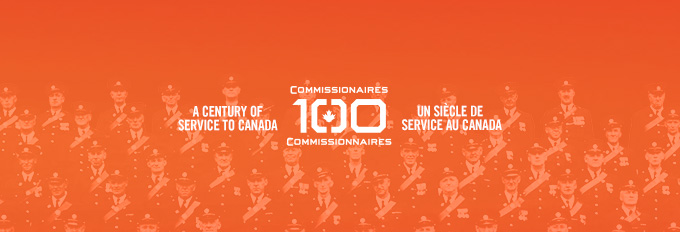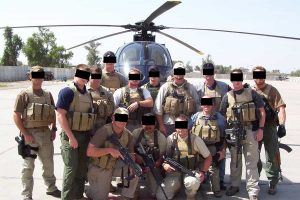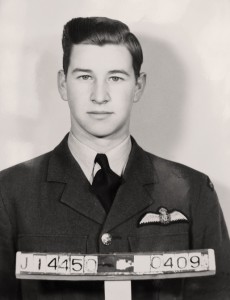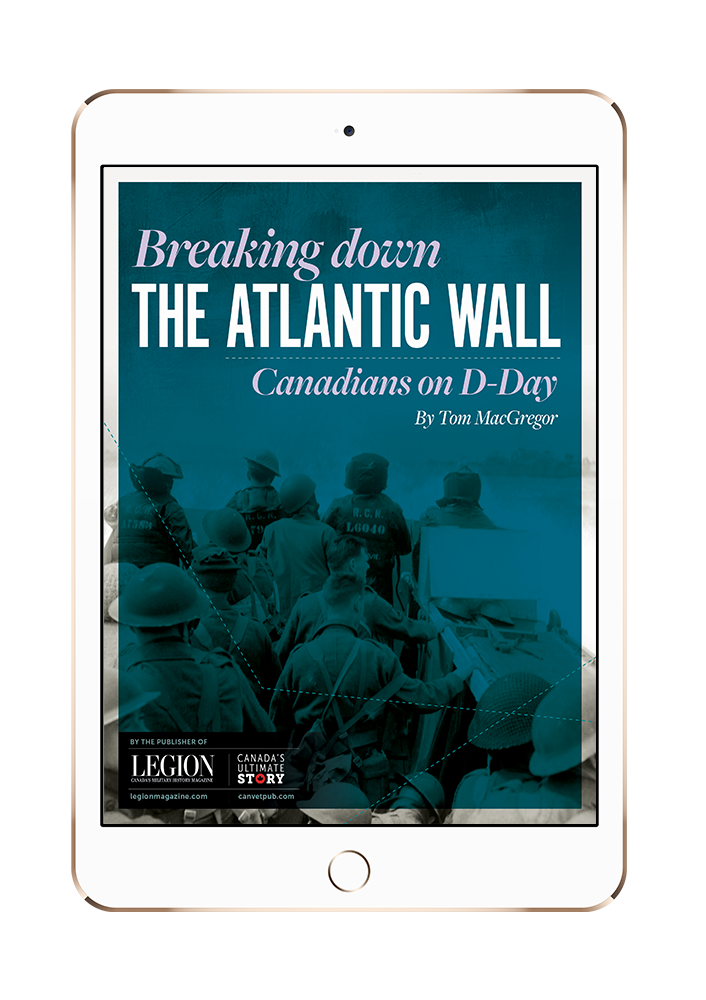
Britain’s emblematic wartime prime minister and renowned drinker, Winston Churchill, keeps a watchful eye over all patrons of the Crow’s Nest Officers’ Club in downtown St. John’s N.L. [WikiMedia/TheCrowsNest]
Legion Magazine spoke with two of the club’s past presidents, Gary Green, now a director on the club’s board, and Margaret Morris, the current treasurer, about maintaining the Nest’s unique spirit.
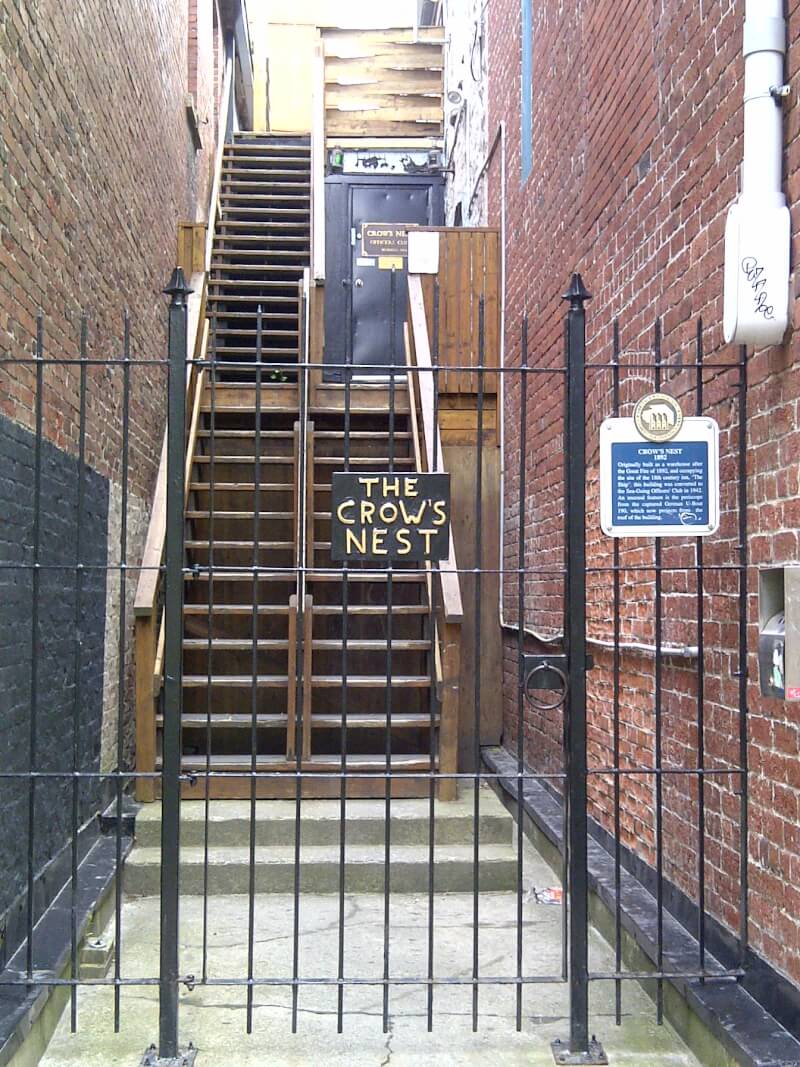
Hidden next to Newfoundland’s National War Memorial, and in between two of the main streets of old St. John’s N.L., are the steps which lead to the Crow’s Nest Officers’ Club. [Wikimedia]
Morris: Newfoundland had huge strategic importance in World War Two. We had the largest airstrip in the world at Gander, the flying boat base in Botwood, Nfld., and it was a vital hub for international communications, with undersea cables terminating here. We also had the iron ore mines in Bell Island, of which Germany was one of our biggest customers before the outbreak of the war. Significantly, like Gibraltar guards the mouth to the Mediterranean, Newfoundland guards the entrance to the St. Lawrence seaway, a crucial industrial lifeline for much of North America.
St. John’s was, at the time, an impoverished city, but the war suddenly brought a flurry of activity, transforming the local environment. The Newfoundland Escort Force [tasked with protecting Allied naval convoys] was among those changes.
Eventually, a senior naval officer, Captain Rollo Mainguy, recognized the importance of the men developing close-knit personal relationships. He also appeared to have an early appreciation of post-traumatic stress disorder, where he understood the importance of a safe, secure room where these sailors could speak freely, unguardedly and weren’t required to put on a brave face for outsiders.
And so, what is now the Crow’s Nest Officers’ Club was born.
On maintaining the club’s wartime appearance
Morris: Many men had their last bit of fun in this very room. They returned to their ships, returned to the Battle of the Atlantic, and many of those ships never made it to their destinations, and many of those officers never got home. That’s why it’s important that we keep the club as close as possible to its wartime appearance.
Those fellas aren’t coming back to tell their stories, so we let the walls tell them.
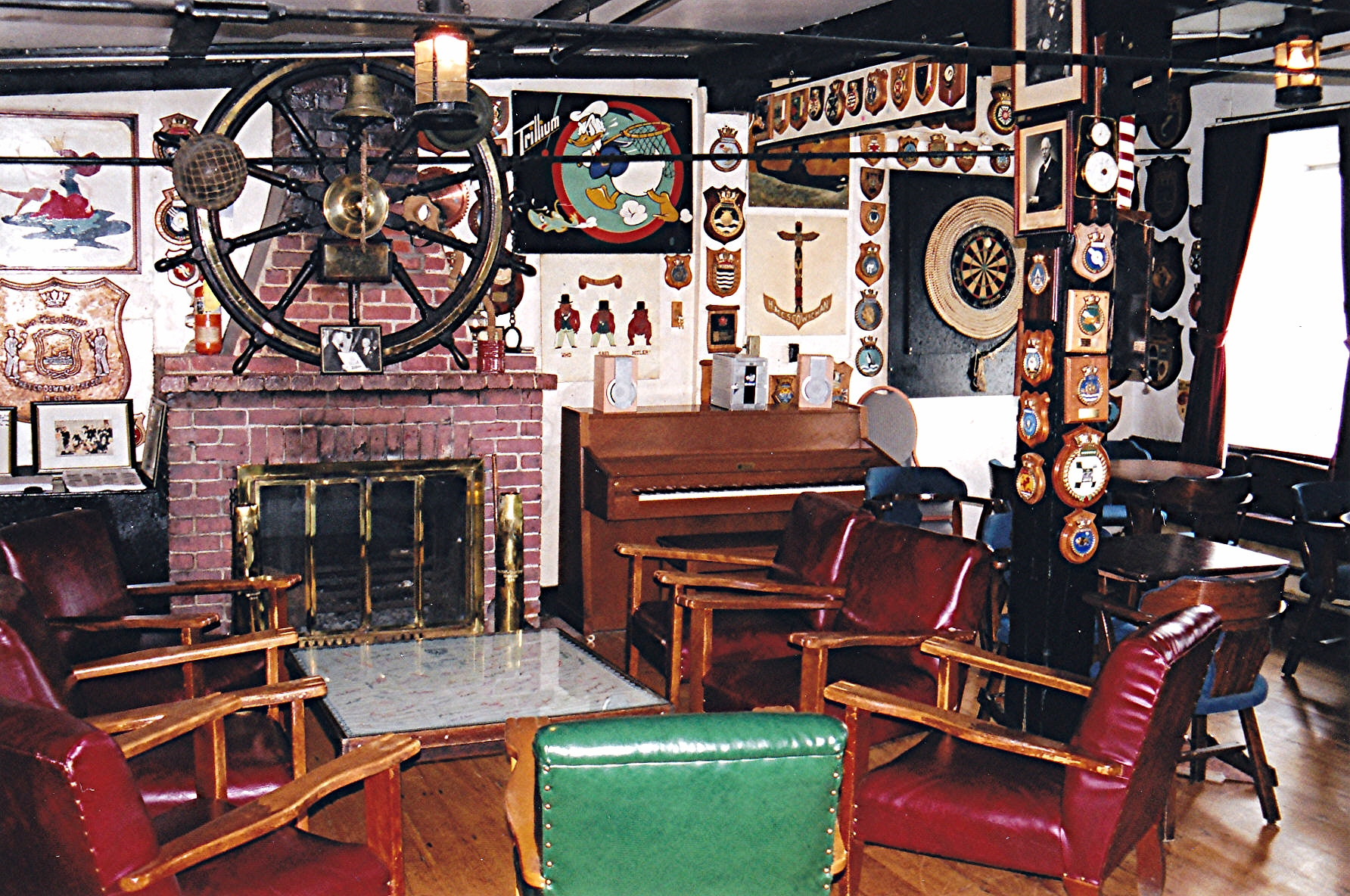
Part of the interior of the Crow’s Nest Officers’ Club in downtown St. John’s N.L. [Flickr/Stephen Harold Riggins.]
Green: There are two groups in the Crow’s Nest. One is the club membership; the other is the Crow’s Nest Military Artifacts Association. Their prime focus is the preservation of our artifacts and, fundamentally, preserving the club’s stories.
There’s nothing in the room that doesn’t have a story behind it. The gun shields [plaques], for example, tell incredible stories, some more cartoonishly than others, but virtually each one expresses pride in the ship on which the crewmen sailed.
We also have one of only eight known-to-exist U-boat periscopes in the world—and one of only two found in North America [the other is located at the Griffin Museum of Science and Industry in Chicago]. Ours belonged to U-190, which sunk HMCS Esquimalt outside Halifax harbour on April 16, 1945, before surrendering in Newfoundland after the war’s end. U-190’s periscope now extends out of the club’s roof.
And, of course, when we do tours, people look outside, look to the Narrows, and realize they’re looking at a battlefield. That can just as much be an eye-opener.
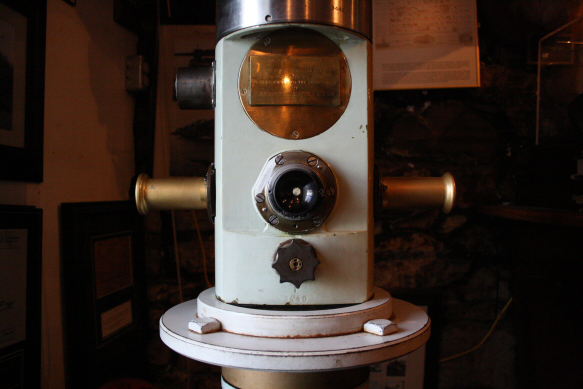
One of the many wartime artifacts in the Crow’s Nest Officers’ Club, and only the second of its kind in North America, is a Second World War U-boat periscope. [Wikimedia/TheCrowsNest]
Morris: The Crow’s Nest is nothing if not adaptable. We’ve gone from an all-male, seagoing officers’ club to a mixed-gender, tri-service, all-ranks club that welcomes civilians. If you appreciate and want to preserve its history, you’re welcome here.
Green: Some people also come on personal pilgrimages, perhaps because their father or grandfather served in Newfoundland during the war or even because their relative had their last drink here. Occasionally, we’ve had people walk into the Crow’s Nest and see something relevant to their family story before they break down in tears. It can be an incredibly emotional experience for those visitors.
Morris: Sadly, of the veterans themselves, very few are left. Those who are left now have trouble with the stairs [comprising of 59 steep steps]. When they used to visit regularly, however, many thought it hadn’t changed—the ultimate compliment.
This abridged interview has been edited for brevity and clarity.
Advertisement




